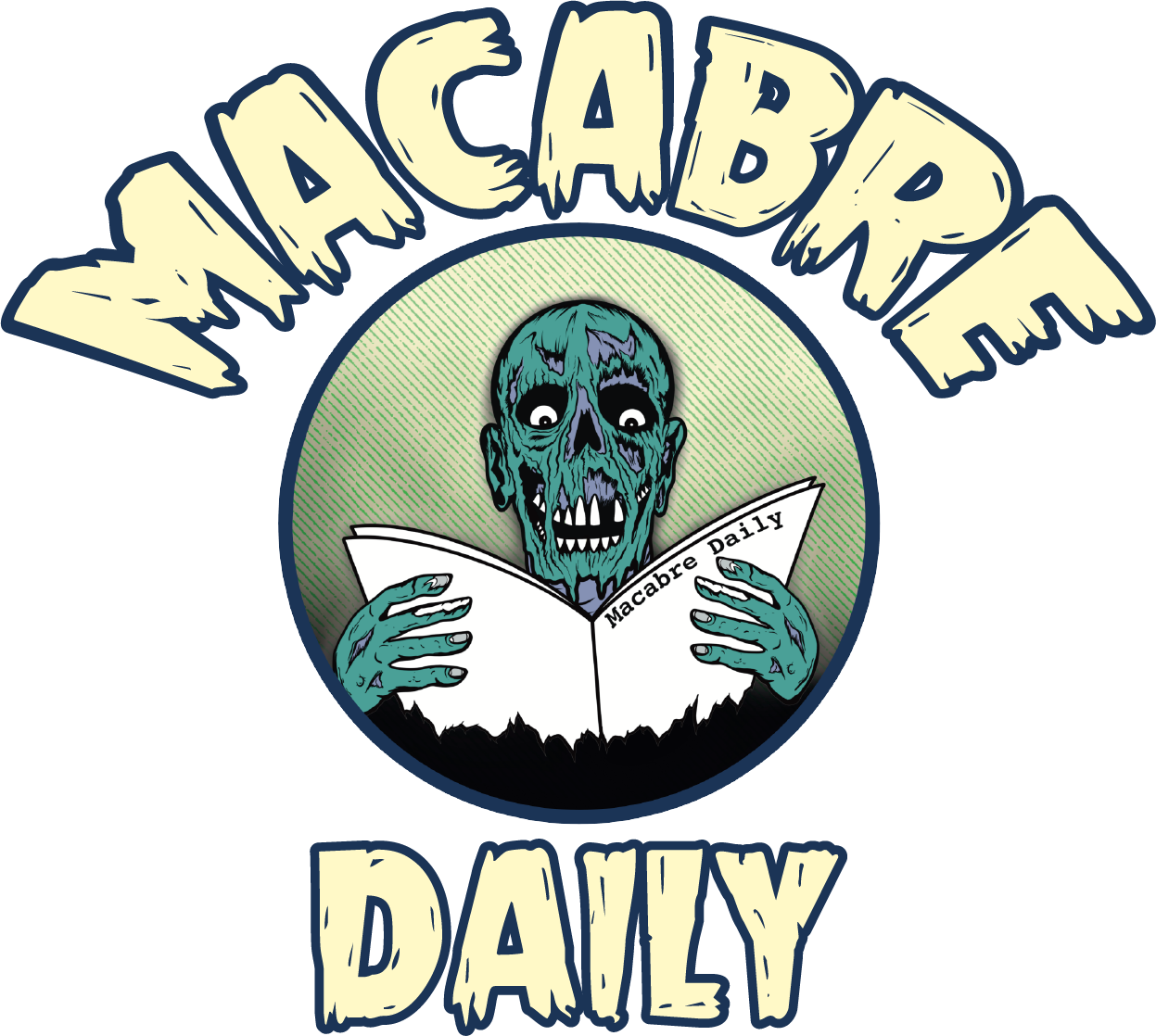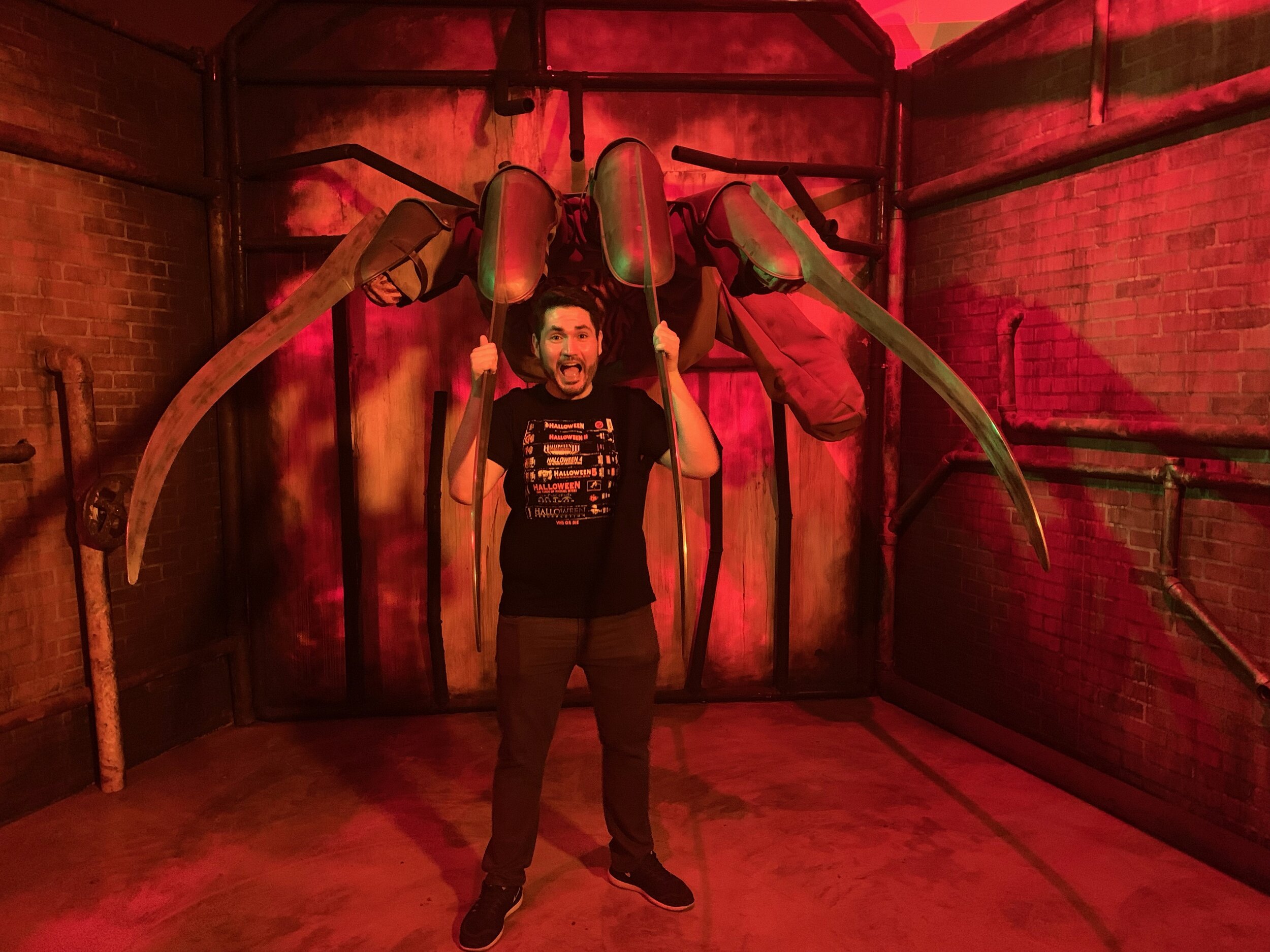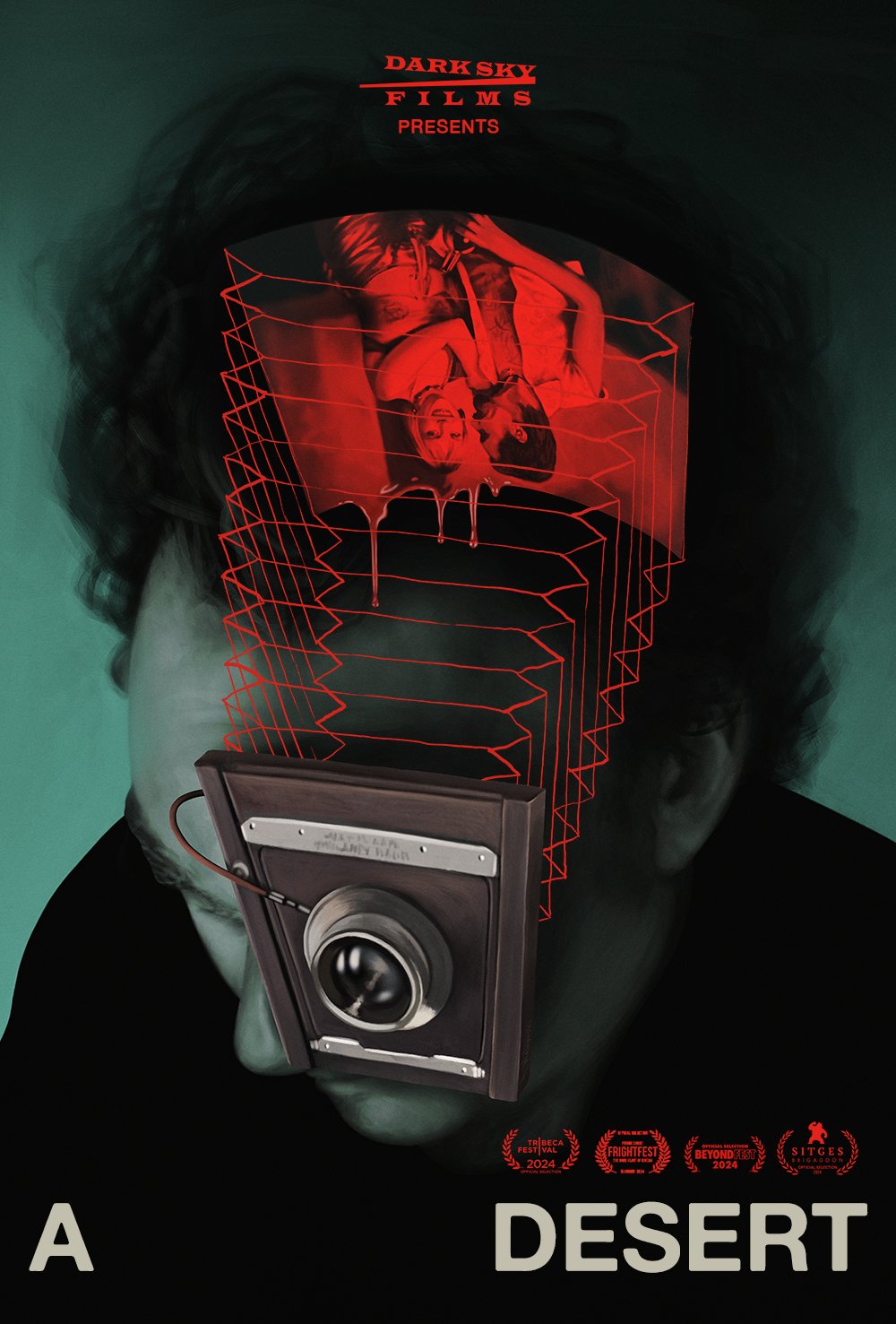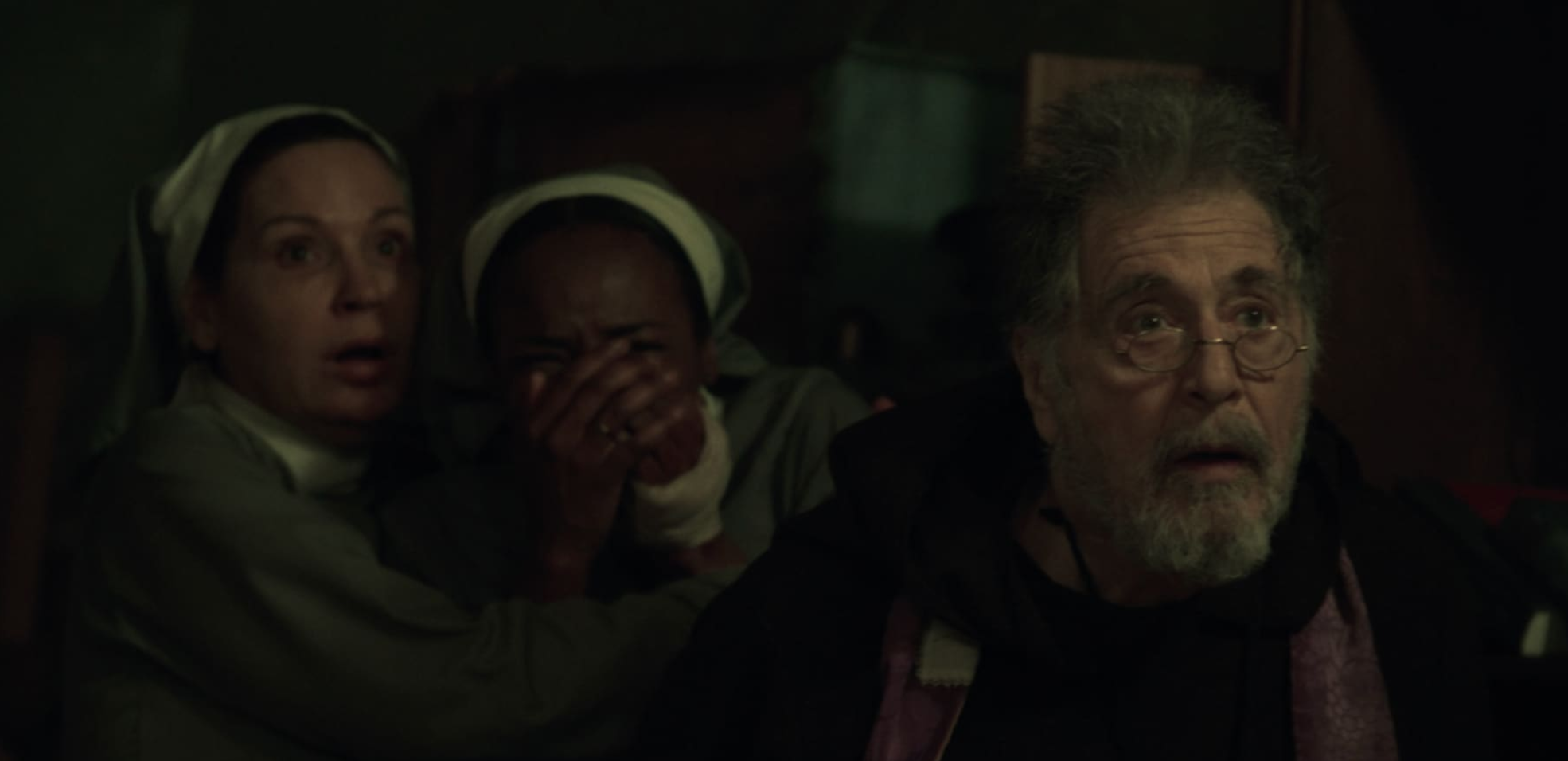COLLECTOR'S CRYPT - VILLAGE OF DOOM (UNEARTHED FILMS BLU-RAY)
Horror movies offer an escape from reality into something often much darker. It may seem counterintuitive, but there has been research around the therapeutic benefits of watching horror movies that support the idea they can help with de-stressing, building resilience, and making our actual lives feel less scary. That last part is important, especially since we are and have been living in a time of constant strife both domestically and abroad. It’s why you may often hear some folks these days remark about how what we see in fiction isn’t near as frightening as what we observe in our reality. It also begs the question, if real life is full of horror, why aren’t there more horror movies that use that as a jumping-off point? Enter, “Village of Doom” from Noboru Tanaka and get a Blu-ray release from Unearthed Films. The real-life story about one of Japan’s biggest massacres feels almost ripped out of the headlines of a US newspaper, but is this piece of historical horror worth revisiting?
WHAT’S IT ABOUT?
A classic Japanese true crime story, Village of Doom is a chilling reenactment of the infamous Tsuyama Massacre, a revenge killing spree that occurred on the night of 21 May 1938 in the rural village of Kamo near Tsuyama in Okayama Prefecture. Mutsuo Toi, an emotionally distraught 21-year-old man who had been ostracized by his fellow villagers, went on a violent killing spree that took the lives of 30 people, including his grandmother.
HOW IS IT?
The line between exploitation and authentic realism is a tough one to balance, and much of it depends on perspective. When films like “Village of Doom” center around atrocities that defy logical explanation it isn’t helpful to err towards sympathy, especially when the supposed facts don’t leave a lot of room for misinterpretation. As a piece of historical fiction, it works better as the latter than the former as Noboru Tanaka mixes Pinku sensibilities with a darkly tragic true crime story ripped out of Japan’s history books. The result is a film that tries to contextualize, possibly even explain, why Tsugio Inumaru (real-life Mutsuo Toi) would resort to murdering 30 people through salacious hypersexualization and what we would refer to today as “incel” behavior. Oddly relevant to our modern circumstances, but not as nothing more than exploitative fantasy.
The story follows Tsugio Inumaru (Masato Furuoya), a man whose desire to join the military and fulfill his masculine duty is disrupted by his sheepishness and an unfortunate bought of tuberculosis. Tsugio lives with his grandmother in a small Japanese village where admittedly there are a lot of “close” bloodlines due to interfamily relationships like the one Tsugio wants with his cousin. Tsugio’s village is also seemingly full of lonely and horny military wives who at first see Tsugio as a part of their sexual escapades until the village finds out about his diagnosis. This sends Tsugio, along with his ineligibility to enter the military and fight for his country, into a spiral of hatred and retribution that culminates in him preparing for his own “battle” against the town and a lot of its members. It is almost as if a story ripped out of modern US headlines, and that adjacency to reality makes it a hard film to get into tonally. So much of “Village of Doom” is spent trying to create the circumstances to explain Tsugio’s reaction, but it is unclear just how much of it is true and how much is added for the sake of cinema. The idea that Tsugio would go from a seemingly innocent virgin and then housewive playboy in such quick succession, or that the village women are that repressed and longing, is a hard one to swallow as truth.
“Village of Doom” works mostly because of Furuoya who is in the film for at least 90% of the runtime. He never feels sympathetic, but then again, it is hard to tell if the intent is to characterize him that way or not, especially since the ending is quite bleak and unforgiving. One could argue that “Village of Doom” is a statement on how masculinity during World War II was defined by the false ideal that killing and dying for one’s country is the only way to fulfill one’s manly duty, and how that can essentially create an existential brain-rot recipe for incel’s and their domestic terrorism. It isn’t likely “Village of Doom” is looking that deep or trying to make that kind of commentary, for if it was it would do a better job of making Tsugio more like Walter White and less like Charlie Brown. Tanaka may also be aware of what he is doing here and in his path to “explaining” Tsugio he is just painting with his cinematic brush an interpretation of the character that draws from other, similar anit-hero types like Travis Bickle or Arthur Fleck, but again, those two have arcs that could be seen with some more sympathy than Tsugio’s. All of this said, “Village of Doom” delivers on what it sets out to do even if it overstays its welcome some. The buildup from outcast to murderer makes some sense in the cinematic world, just not as a record of historical accuracy.
HOW DOES IT LOOK?
Unearthed Films brings “Village of Doom” to Blu-Ray in 1080p HD with a 1.85:1 aspect ratio. It is unclear if the source used for this transfer was cleaned up at all, but in general, the picture looks slightly muted. This could be intentional as part of the dreamlike aesthetics, but it doesn’t seem as if there is much more than possible a 2K transfer here. It is decent enough, just nothing to get excited about. Images from this release are used throughout this review.
HOW DOES IT SOUND?
Included with “Village of Doom” is a 2.0 LPCM mono Japanese language track and English subtitles to go along with it. The 2.0 mix sounds just fine and has a nice soft retro tone that works well with the moody synth score backing. The action scenes in the 3rd act are appropriately loud, and no audio elements overpower others working in nice harmony to share the soundscape.
ANYTHING SPECIAL?
“Village of Doom” is one of the more bare-bones releases from Unearthed Films, and one wonders if it has to do with the general obscurity of this film overall. The one feature included that isn’t a commentary is Dark Asia with Megan: Case #57 Japan’s Darkest Night, Tsuyama Massacre. This 15-minute segment dives into the historical background of the actual murders the film is based on and sheds light on what is and isn’t accurate. Most surprising was to learn of the practice of “yobai” which adds some helpful context to why Tsugio was visiting married women in the middle of the night as this was apparently a common practice at the time. It is revelatory how accurate some of the history is in “Village of Doom” even if this mini-documentary doesn’t treat the subject as sympathetically calling out early signs of personality and social disorders. This account does help with understanding the film more by validating some of the harder-to-swallow elements while making it clear that the perpetrator isn’t justified while providing an understanding of their actions. A full list of special features included are listed below.
Bonus Materials
Audio commentary by Asian film experts Arne Venema and Mike Leeder
Dark Asia with Megan: Case #57 Japan's Darkest Night, Tsuyama Massacre
Promotional Gallery
Theatrical Trailer
LAST RITES
“Village of Doom” is an odd film in the annals of extreme cinema as it is more grounded and connected to its source material than most dramatizations. The content is bleak and disturbing, especially in our current social climate, but also serves as a reminder that senseless killings are seldom justified no matter the context.
THE GORY DETAILS
Thank you to the fine fiends over at MVD ENTERTAINMENT for providing a review copy for the crypt! Village of Doom is available NOW and can be purchased via MVD DIRECT!
Stay up to date with “The Dark Side Of Pop Culture” by following Macabre Daily on Instagram, Facebook, and Twitter.





















